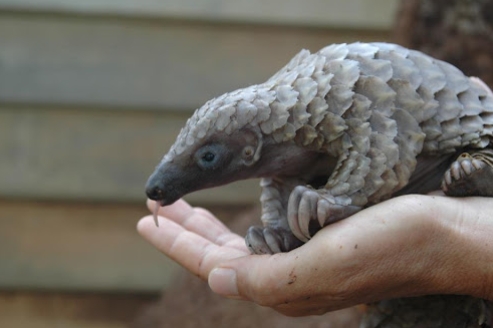Pangolins, also known as scaly anteaters, are fascinating creatures that have a unique diet compared to other mammals. Their diet consists mainly of ants and termites, making them insectivores.
Specialized Tongue for Feeding
Pangolins have a long and sticky tongue that allows them to easily capture ants and termites in the ground and within crevices. Their tongue can extend up to 16 inches, enabling them to reach deep into ant colonies.
Diet Diversity
Despite their preference for ants and termites, pangolins also consume other insects such as beetles and larvae. Some species of pangolins have been known to eat small reptiles and amphibians as well.
No Teeth, No Problem
Unlike other mammals, pangolins do not have teeth. Instead, they have powerful stomach muscles that aid in grinding up their food before it reaches their stomach. Their stomach acid is also highly concentrated, helping to digest tough insect exoskeletons.
High Demand and Conservation Concerns
Pangolins are one of the most trafficked animals in the world due to the belief in traditional Chinese medicine that their scales possess medicinal properties. As a result, pangolin populations are declining rapidly, making them one of the most endangered mammal species on Earth.
Efforts to Protect Pangolins
Conservation organizations and governments around the world are working together to protect pangolins from illegal poaching and trafficking. Strict laws have been implemented to crack down on the illegal trade, and educational campaigns are raising awareness about the importance of preserving these unique creatures.
Overall, the diet of pangolins plays a crucial role in their survival and ecosystem balance. By understanding and appreciating their unique diet, we can work towards ensuring the continued existence of these fascinating creatures for future generations to enjoy.

